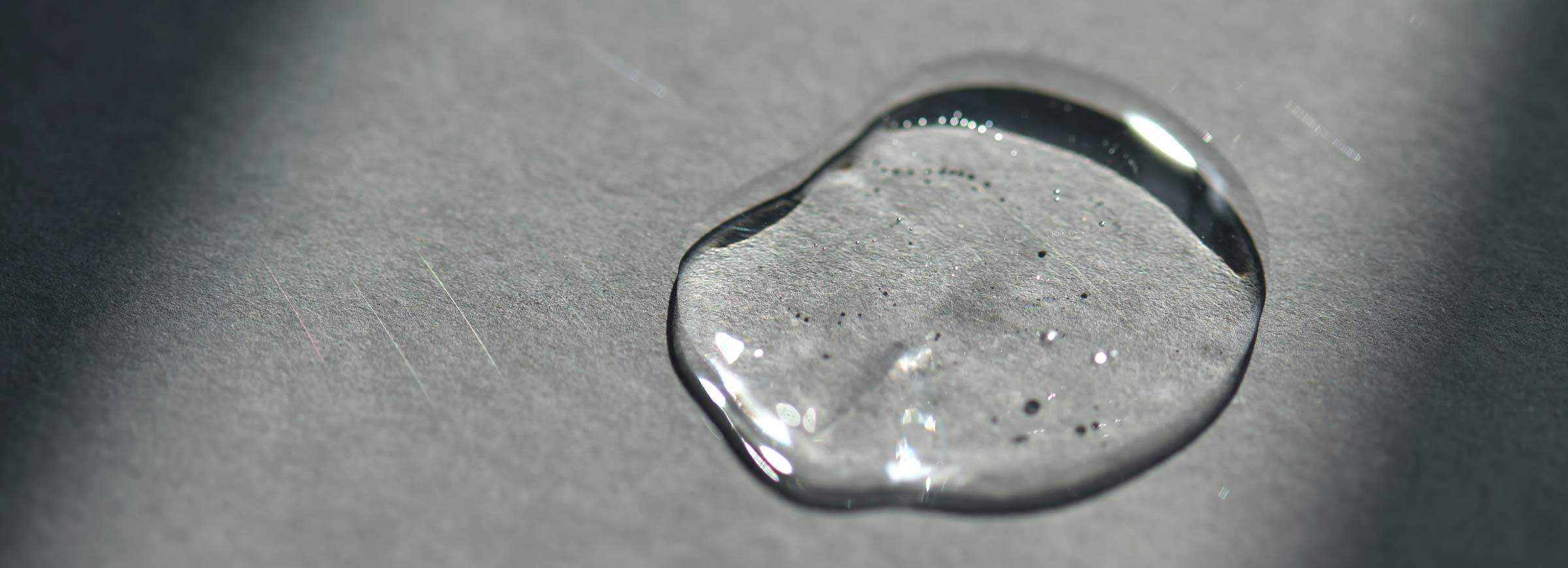How Does Water Surface Tension Increase HVAC Efficiency?

As heated water runs throughout the closed loop labyrinth of pipes from a hydronic boiler system, it keeps the building or facility at a consistent temperature. If there are no leaks, the pressure is optimum, and the building temperature is relatively steady, that means the system is running at peak efficiency, right? Yes and no. The correct indicators are there but the water is holding the system from reaching its true potential.
Water remains the most available and cost-effective way to heat a building. With rising natural gas costs and new rules requiring building owners/operators to track and report emissions, maximizing water efficiency is the key to reducing energy usage and lowering emissions. However, a proven water additive technology can improve energy savings and lower emissions by up to 15%.
How can water be inefficient?
Short answer: surface tension. According to the United States Geological Survey (USGS), surface tension is,“The property of the surface of a liquid that allows it to resist an external force, due to the cohesive nature of its molecules.” Basically, the tension on the surface of the water creates resistance between the water and the inner pipe surface. This dynamic has a significant impact on heat exchange and the system’s efficiency.
Surface Tension and Heat Exchange
Heat exchange is the interaction between the system water and the heat transfer surface which can include radiators, fan coils and boiler tubes. There are many causes that may lead to low heat exchange such as scale or biofilm buildup. However, in clean and well-maintained systems, surface tension is the greatest culprit of low heat exchange.
Without efficient heat exchange, systems require more cycles and take longer to achieve temperature setpoints throughout the building. This not only burns more fuel, but also introduces a greater burden on pumps, lowering the equipment life and leading to potential downtime when they fail.
EndoTherm is a hydronic system water additive that reduces surface tension by 60%, increasing the heat exchange between system water and heat transfer surface. Better heat transfer means less time to meet temperature setpoints and fewer cycles needed to retain the temperature. This lowers natural gas usage. With less natural gas used comes fewer emissions and lower energy bills. Generally, these savings translate to a simple return on investment of under 2 years. A single EndoTherm installation is only 1% of the system volume and can last up to 10 years with minimal system leakage, so the savings generate a significant return on investment.
Related Reading
EndoTherm Case Studies
Take a look at EndoTherm in action with these real world examples.
FortisBC customers in British Columbia and SaskEnergy Customers in Saskatchewan get a rebate on EndoTherm.
Contact our energy saving experts and we can walk you through the process.




